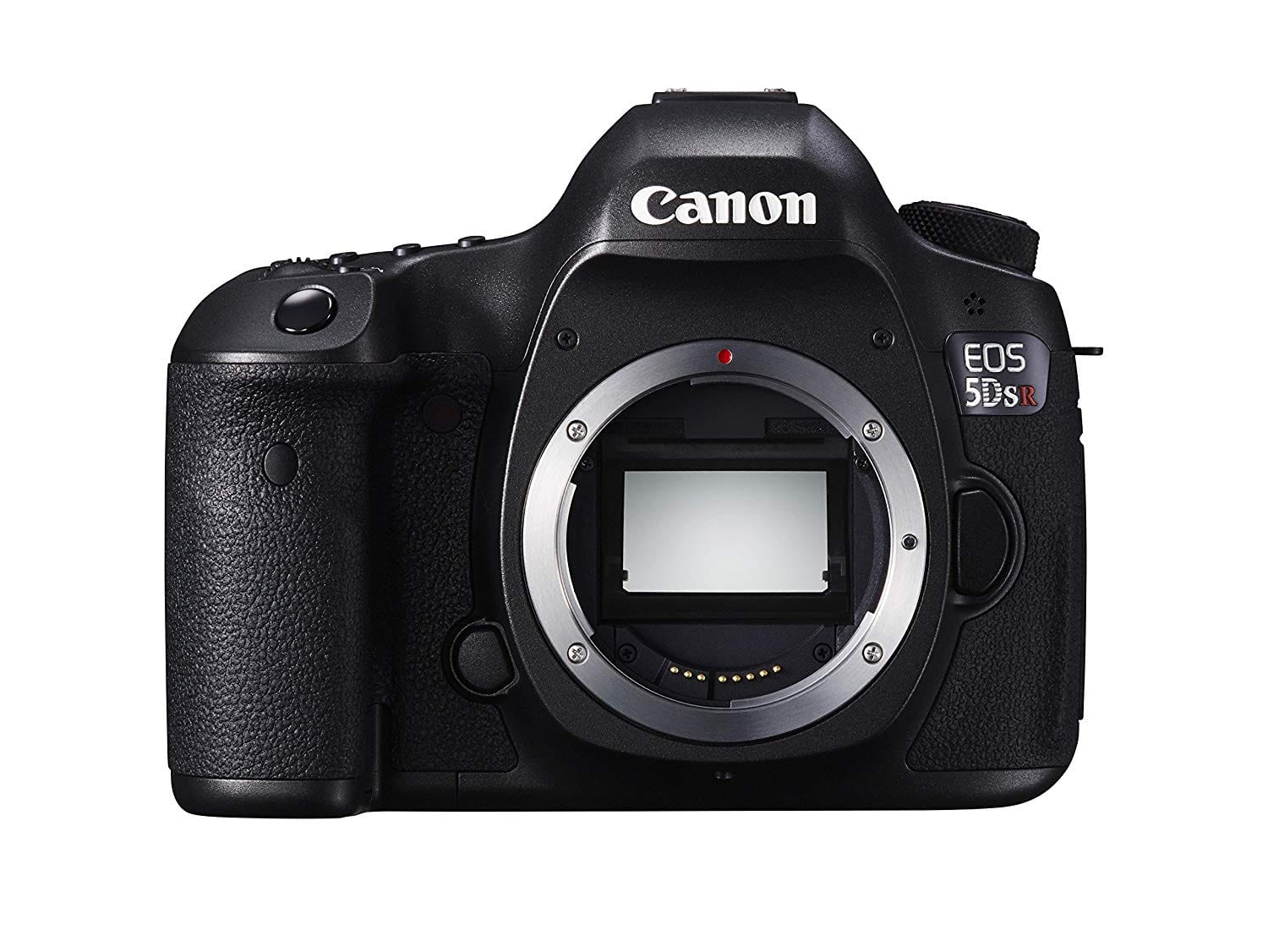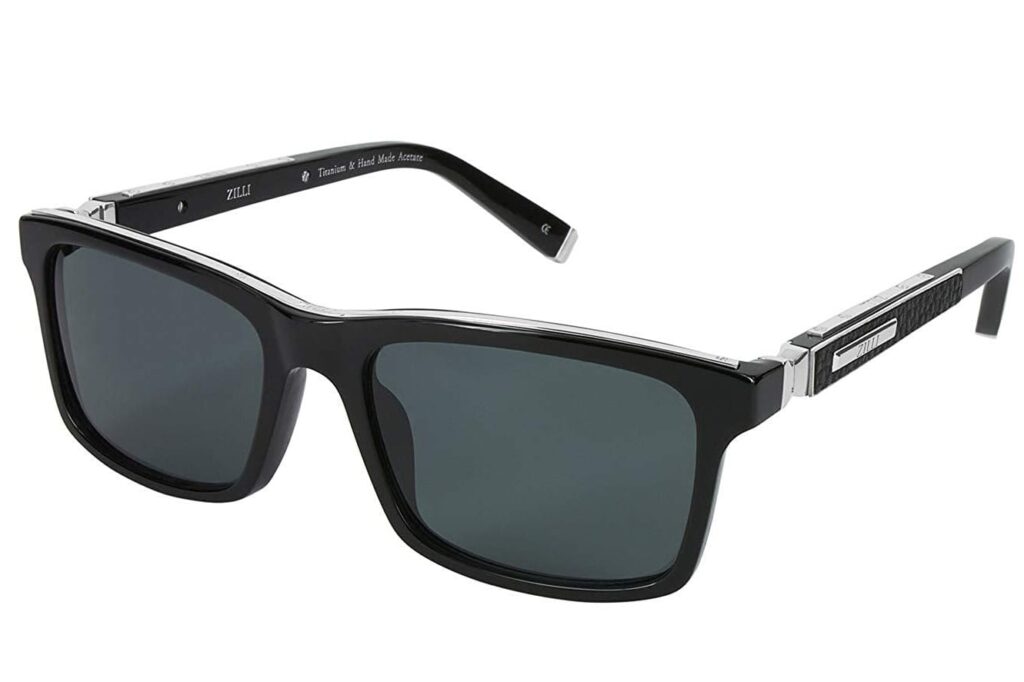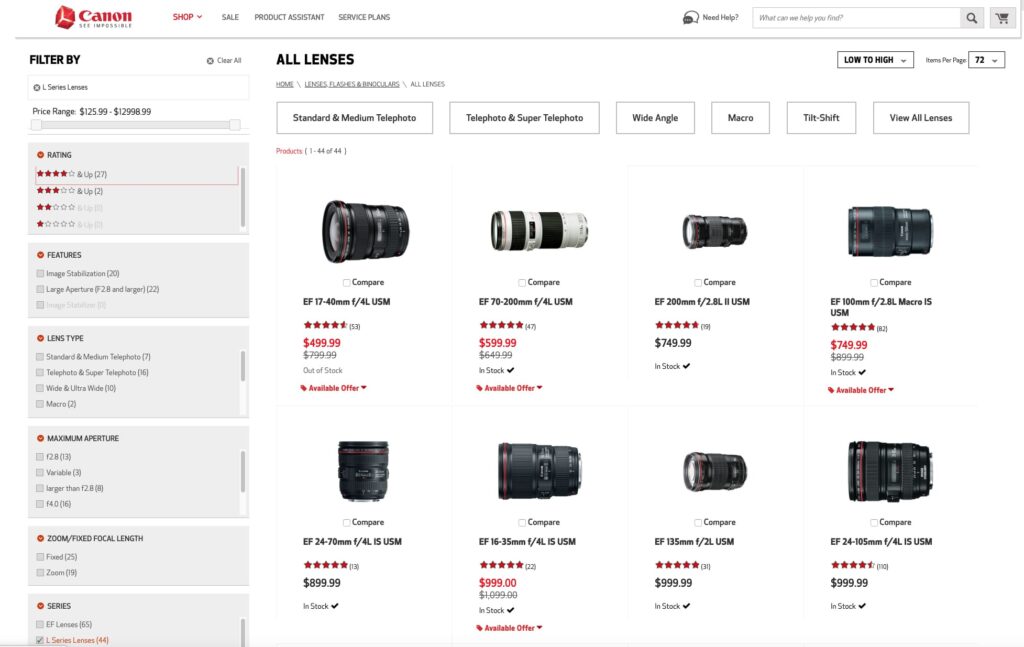Written by J.B. Shepard, a professional pet photographer and founder of the Puptrait Studio.
“What is the best camera?” is easily one of the most common questions that we receive from aspiring photographers. But for as common as the question is, it is almost too vague to answer. Deciding on the “best” camera (especially when it comes to students) really depends more on the photographer (specifically their age, art background, photography goals and budget) than on any specific camera type, body or product line.
To be clear, that doesn’t mean that shopping for the best camera is difficult or in anyway complicated. On the contrary. It simply means that when buying a camera, students should focus on their own situation and unique learning needs before purchasing the right camera.

Photography Students Come From All Walks
Before buying your first camera it is important to recognize that not all students are the same. Everyone approaches photography with different capabilities, education levels and goals. But generally speaking most beginner photography students start out fitting into one of three categories – younger children, adults lacking basic compositional skills, and adults lacking basic technical skills.
To be clear, these are not hard and fast categories. Most students may fit squarely between two groups.
More notably, these are only intended as starting points. In other words, we are not defining who you are. We are simply indicting where you are temporarily standing. Consider these three categories a figurative “You Are Here” symbol on your educational roadmap.
Cameras for Younger Photography Students
Before deciding on what camera to buy your kid, ask yourself two questions…
Question #1) Would I trust my child with my sunglasses?
I’m not talking about your cheap-o gas station glasses. I’m referring to your good pair, the glasses that cost hundreds of dollars. That might seem like an absurd comparison. But good quality DSLR lenses are often more fragile, more difficult to clean, and far more expensive than most luxury brand sunglasses.
Just to put these numbers into perspective, a pair of ZILLI designer sunglasses are handmade from platinum, acetate, crocodile leather, and titanium costs an absolutely unfathomable $925. Would you let your child borrow a $925 pair of sunglasses?
Here’s the thing — as expensive as those sunglasses are, they still cost less than all but 5 of the 44 lenses that make up Canon’s L Series Lens line. And, that includes all of the heavily discounted inventory from product lines that have since been updated and are no longer in production.
To be fair, L series lenses are intended to be professional grade. So, it’s to be expected that these lenses will be more expensive than the entry level gear you should probably be shopping for as a student. But unlike medium format lenses, L series lenses are not exclusively used by professionals. It is not uncommon for amateur and hobbyist photographers to use these lenses, if only because they’re really not that much more expensive than their poorer performing entry level counterparts.
Question #2) Can my child “solve for x”?
Ever wonder why most kids don’t learn Algebra until middle school?
The minds of most children under the age of 12 are simply not developed enough to process the symbolic language and implicit logic to learn how to reliably solve complex variable equations. And, at the end of the day, that’s what an exposure setting is — an abstract equation.
Many photographers who learned on digital cameras don’t realize this, but when they set their exposure manually they are actually calculating (or at least guessing at) a variable logarithmic equation on the fly. The same can be said for selecting lens focal lengths.
Photography isn’t always all fun and games…
Seriously. To set a manual exposure, you are essentially balancing an equation with the following variables: noise (ISO), camera shake (shutter speed), and depth of field (aperture).And, that’s explaining it in an overly simplified way. Mathematically, the equation for calculating exposure is more accurately represented as Ev = log2(N2/t). But I digress…
Granted, you don’t need to understand these mechanics to use a camera (or take great photos). But becoming familiar with balancing the “exposure triangle” is a big part of learning photography. While many photographers never learn how to properly calculate an exposure, understanding the basic premise of exposure still requires a degree of abstract thinking that many younger students are simply not equipped to comprehend.
Set your student up for success
It is extremely important to keep these developmental limitations in mind when tailoring a curriculum and shopping for age / ability appropriate photo gear — especially when working with younger students.
If you answered “YES” to both questions…
For all intents and purposes, it sounds like your younger student might be ready to begin studying more advanced compositional and technical concepts. If that’s the case, your student will likely benefit more from the suggestions made in the “adults lacking basic compositional skills” and “adults lacking basic technical skills” categories listed below.
If you answered “NO” to either question…
If your child is not mature enough to comprehend basic algebra or can be trusted with an expensive pair of sunglasses, there isn’t much point to teaching them photography on a more fragile and expensive DSLR system.
PRO-TIP FOR PHOTO PARENTS: If you don't trust your child to handle lenses responsibly and you have already invested heavily in decent glass, you may want to consider getting your child a camera body that is NOT compatible with your own lens mount (i.e. a camera with a fixed lens or from a different manufacturer). This will prevent your child from being tempted to "borrow" and risk dropping, smudging, cracking, chipping or otherwise breaking your more expensive lenses.
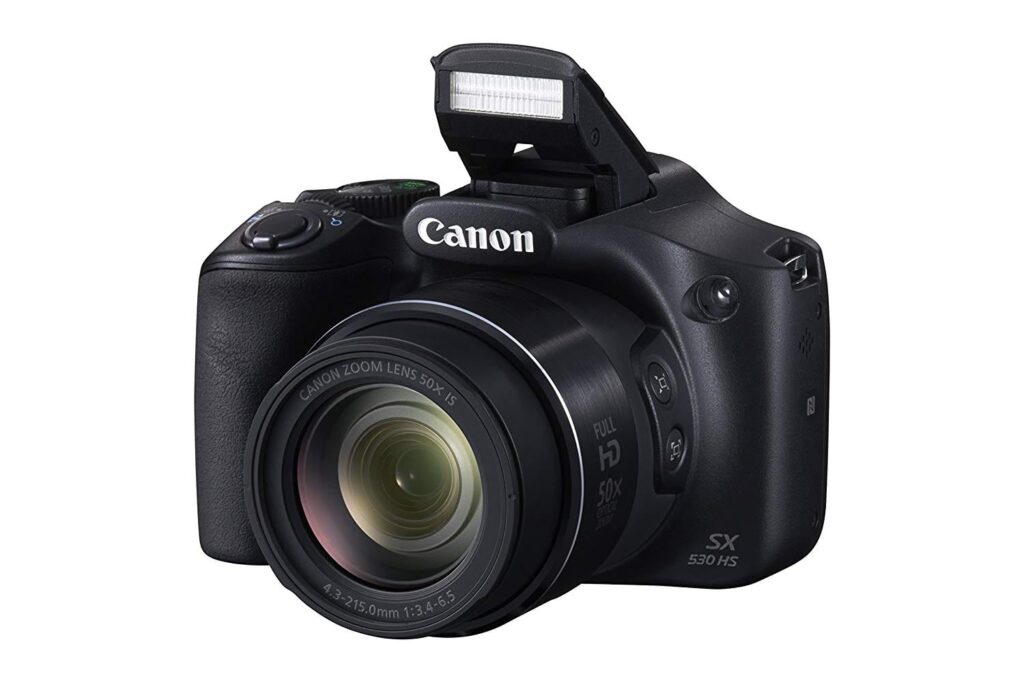
Puptrait’s Pick: Best Camera for Young Photo Students
Canon PowerShot SX530 Digital Camera
The SX530 is what I like to describe as a “DSLR-like” point and shoot camera. In that the camera vaguely looks like a DSLR, and offers manual exposure controls and tripod support like a DSLR. It’s not the best camera. But it’s cheap, functional and has a few kid friendly features.
But like most point and shoot cameras, the SX530 does not support detachable lenses, have a hot shoe mount (for external flash devices), does not support RAW files, and does not have a viewfinder — which means there is no internal prism or lens reflex mirror to break. The lens cap is tethered (which is something I’ve personally never seen before on a camera), which should decrease the chances of the cap getting lost. And, this camera features surprisingly few buttons. All great things to look for when shopping cameras for a younger photographer.
Did we mention the SX530 costs only $249?
Canon PowerShot SX530 specs:
- Features 22 shooting modes to grow into, including:
- Smart AUTO – Camera automatically selects the best camera mode
- Macro – can shoot objects close up (0.0 in. – 1.6 ft.)
- Manual – allows complete control of ISO, Aperture and Shutter Speed
- f3.4-f6.5
- ISO 3200
- 16 megapixel CMOS sensor
- 50x optical zoom lens 24-1200mm (35mm equivalent)
- 1080p full HD video 30fps
- Wifi and NFC wireless connectivity
- Android and iOS compatible (mobile file sync)
- Intelligent image stabilization (IS)
- Zoom framing assist
- High speed autofocus
- Built-in on camera flash
- Built in 3.0 inch high resolution LCD screen
- Tripod compatible
Shop for Canon PowerShot SX530 online
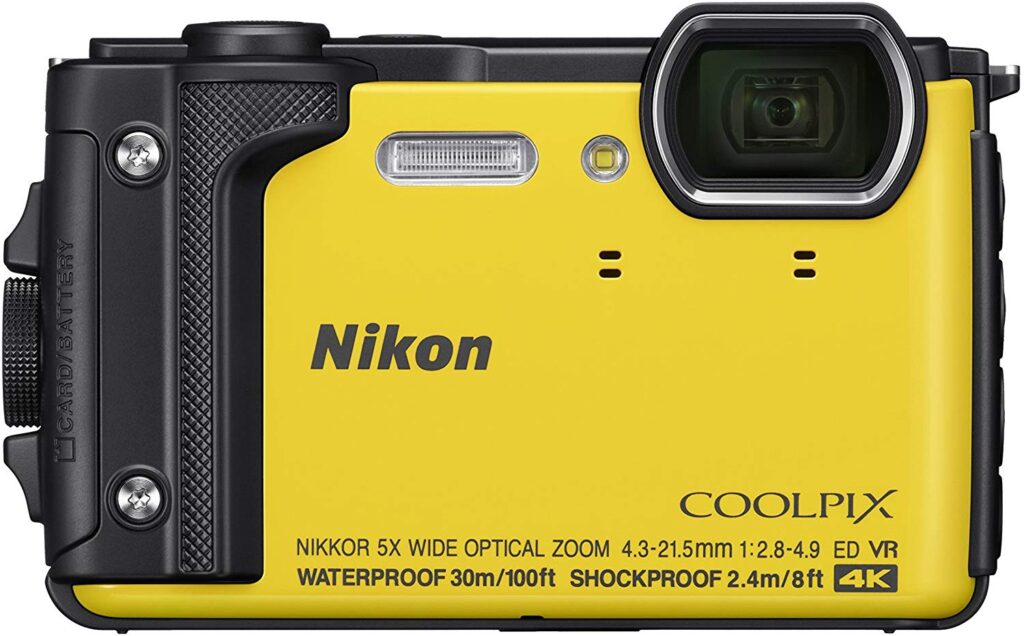
Puptrait’s Pick: Best Camera for Young Photo Students Who Will DEFINITELY Break That Last Camera
Nikon Coolpix W300 Waterproof Underwater Digital Camera
The Nikon Coolpix W300 would not be my first recommendation to learn photography on — as it lacks shutter speed and aperture control. But if your little hellion wants to learn photography but is also the reason you “can’t have nice things” then oh boy, do I have a camera for you!
As point and shoot cameras go, the W300 is an absolute beast.
It is waterproof up to 100 feet (30 meters), shookproof when dropped from heights below 8 feet (2.4 meters), dust proof, and holds up in temperatures as low as 14 degrees.
Best of all, unlike a GoPro action camera which offers similar durability specs but is restricted to a fixed focus lens, the Nikon Coolpix W300 actually features autofocus and a surprisingly fast (f/2.8 – f/4.9) 5x optical wide zoom lens (4.3mm – 21.5mm). Which is a pretty big deal for a camera that is small enough to fit in your pocket.
This is all especially impressive when you consider that many shoot-through waterproof camera cases, like Canon’s WP-DC55, cost almost as much new ($319) as the Coolpix W300 ($386).
Nikon Coolpix W300 specs:
- Super durable – Waterproof, Shockproof, Dustproof, Freezeproof
- 16 MP CMOS digital sensor
- 4K Ultra HD video
- Built in LED light & flash
- 5X optical wide zoom
- Hybrid VR image stabilization (IS)
- Auto Focus and Contrast-detect Auto Focus
- Wifi and Bluetooth connectivity
- GPS, eCompass, altimeter, and depth gauge
- Quick charging time (2 hours and 20 minutes)
- 20 different shooting modes
- 3 inch LCD screen
- Comes in high-vis yellow and orange, and not-quite-as-vis black
Shop for Nikon Coolpix W300 online
Cameras for Students Learning Compositional Skills
In all honesty, someone who is absolutely brand new to photography and has never spent much time drawing or painting can actually learn a lot about composition, framing, lighting and even post processing just by using their smartphone’s camera or a cheap (even older) point-and-shoot camera.
When you don’t have A camera ANY camera you can use is the best camera
The biggest drawback (and greatest benefit) of smartphone cameras and most point-and-shoot cameras is that they do not provide as much control when it comes to exposure, focal length, depth of field and shutter speed. These restrictions may inhibit the creativity of more advanced users.
But photography students that are focused singularly on ease of use and improving their basic compositional skills, may find these technical hurdles frustrating or even overwhelming.
Point-And-Shoots Are Often The Best Option For Budget Conscious Students
At the end of the day, point-and-shoot cameras are one of the easiest and most affordable ways to start learning photography. Most top of the line point-and-shoot cameras cost significantly less than even basic entry level DSLR after factoring for lenses, batteries, tripods, flashes, memory cards, and other basic equipment.
More importantly, Point and Shoot cameras tend to be much easier to learn how to use and properly maintain than DSLR cameras. Freeing less sophisticated adult photographers to focus on trying out new compositional ideas and concepts, rather than overcoming the many technical headaches that come with learning how to use a DSLR for the first time.
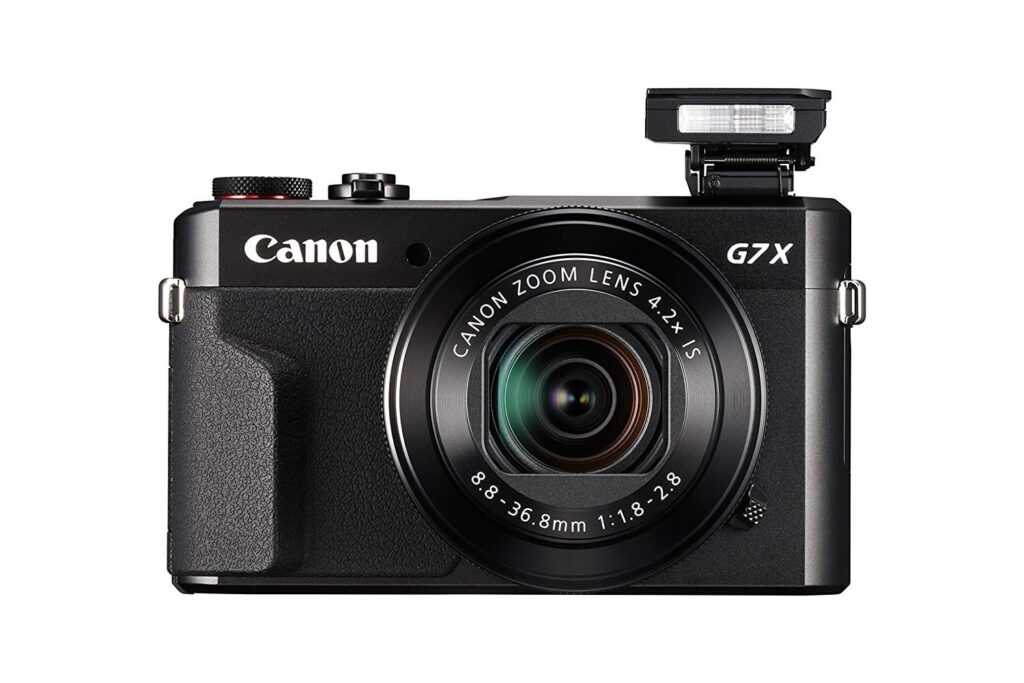
Puptrait’s Pick: Best Camera for Adult Students Learning Basic Compositional Skills
Canon PowerShot G7 X Mark II Digital Camera
The Canon’s G7 X Mark ii is an amazing little camera, perfect for students who want to quickly learn how to take, process and edit great quality photos — without breaking the bank.
Much like the Canon SX530 we reviewed above, this camera is extremely easy to use and offers full manual exposure control. But the G7 X Mark II features manual focus control, much faster f/1.8 – f/2.8 zoom lens, shoots RAW files (great for those looking to learn photo editing), better quality digital sensor (20.1 vs. 16 megapixels), faster processor, more dynamic ISO range, touch screen, improved image stabilization, can be remote triggered, and when paired with Canon’s WP-DC55 case can be safely used underwater at depths up to 40 meters (130 feet).
It’s worth pointing out that the G7 X Mark II does not have the largest sensor on the market. But I wouldn’t let that deter photographers from considering this absolutely solid camera. While the APS-C sensors used in Canon’s $999 PowerShot G1 X Mark III point and shoot camera (24.2 MP), Canon’s $649 Rebel SL3 DSLR (24.1 MP), Sony’s $898 Alpha a7II mirrorless digital camera (24.3 MP), and Sony’s $448 Alpha a5100 mirrorless digital camera (24 MP) are all notably larger.
Bigger isn’t always (noticeably) better…
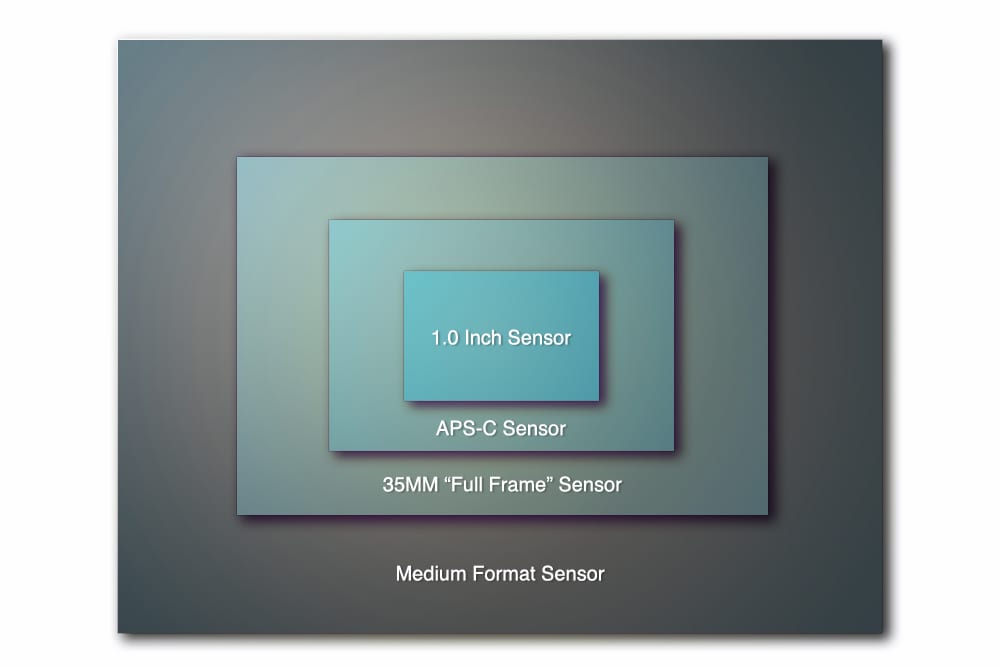
Really, the effective difference in sensor size between 1.0 inch and APS-C is actually fairly negligible in comparison to a full frame and medium format sensors. But is a huge step up from the roughly quarter inch sized sensors found on most modern smart phones.
That said, if you’re that worried about sensor size, maybe consider an older full frame DSLR like the $1,048 Canon 5D Mark III (22.3 MP). The 5D Mark III is literally the exact same camera body that I used to photograph my award winning pet portrait series, Paper Hats. It may be a few years old and lack Wifi support, but it still takes absolutely phenomenal photos — if you know how to use it properly.
That all said, when comparing total cost of ownership, portability and absurdly fast lens speed, the G7 X Mark II punches well outside of its weight class and stands up surprisingly well in comparison to these supposedly “better” cameras.
Canon G7 X Mark II specs:
- Large 1.0 inch 20.1 megapixel CMOS sensor
- Manual exposure control
- Shutter speeds as fast as 1/2,000 of a second
- ISO 125 – 12800
- Manual focus control, auto focus tracking and panning shooting assist
- Super fast lens with a maximum aperture of f/1.8 (wide) – f/2.8 (tele)
- Enhanced dual sensing image stabilization (IS) and IS equipped lens
- 4.2x optical zoom (24–100mm)
- Superb minimal focal distance of only 2.0 inches
- Full HD capabilities
- Up to 8 fps continuous shooting (DIGIC 7 Image Processor)
- Capable of shooting in RAW, JPEG, & RAW + JPEG (with in-camera RAW conversion)
- 3″ LCD touch screen (can be tilted up 180 degrees for selfies)
- Popup on-camera flash
- Time-laps movie mode (1 – 30 second intervals)
- Built in Wifi / NFC connectivity and wireless control
- iOS and Android compatibility
- Battery is removable, but still supports in-camera charging via USB
- Slim design (Approx. 4.15″ x 2.4″ x 1.65″)
- Lightweight (Approx. 10.4 oz)
- Tripod support
- Compatible with Canon’s WP-DC55 waterproof case (waterproof up to 130ft or 40m)
Shop for Canon G7 X Mark ii online
Cameras for Students Learning Technical Skills
For older students (high school through adult) that are looking to learn the basics of camera technical skills, go with the cheapest new, refurbished or used name brand DSLR or mirrorless camera you can find.
You don’t need a ton of bells and whistles. It just needs to shoot manual, allow the use of interchangeable lenses, and use a common enough mount that you can actually find lenses for it.
The Truth Is Most Modern Entry Level DSLR Cameras Are Pretty Amazing
It’s worth noting that newer editions to the Canon Rebel lineup (like the Canon Rebel SL3) offer some fantastic quality of life improvements, including wifi and Bluetooth connectivity, facial recognition auto focus, as well as iOS and Android support.
Unlike programmed photo modes, these updates don’t impede learning. They just make using the camera less of a headache. The less time that you are spending on uploading, is more time you can spend photographing, editing, and planning your next shoot — all of which are good things!
The Best Camera Systems Grow With Students
But what I like most about Canon’s Rebel cameras is that their EF lens mount is fairly ubiquitous and allows for plenty of growth and development. There are a ton of 3rd party manufacturers making great cheap lenses in most focal lengths for the EF mount.
It’s also worth noting that the EF mount featured on Canon’s entry level DSLR camera is compatible with Canon’s professional grade L series (red ring) lenses. While it’s not common for photographers to use L series glass on a camera with an APS-C sensor (like a Rebel), it’s still a compatible format.
Which means that when it does comes time for a student to upgrade to a full frame DSLR, that they can transition in stages — rather than all at once.
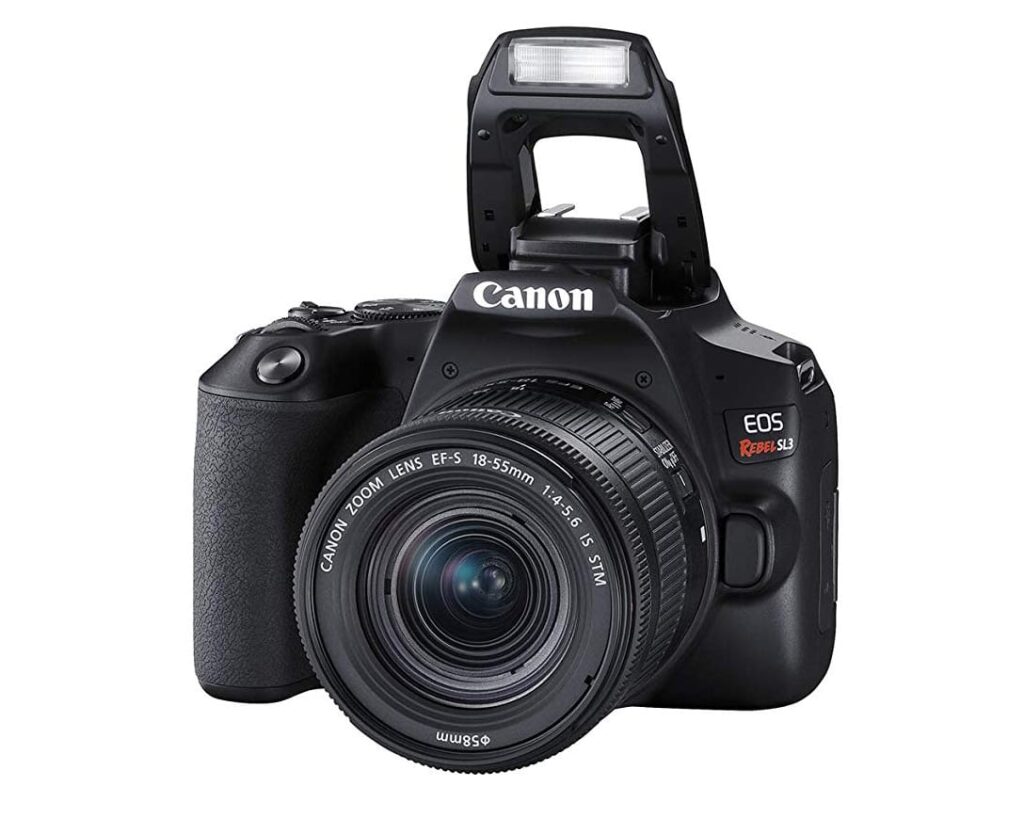
Puptrait’s Pick: Best Camera for Adult Students Learning Basic Technical Skills
Canon EOS Rebel SL3
I have been pointing my pet photography students to this entry level camera line since 2012 with great results. Even the oldest cameras in the Rebel line are super reliable and are capable of producing some pretty solid imagery even by today’s standards.
The best cheap DSLR camera for photography students
But what continues to impress me most about the Rebel line up is its absurdly low cost. For the better part of a decade, the Canon Rebel has reliably been one of the best performing and most affordable entry-level camera lines on the market.
The latest update to the line, the Canon Rebel SL3, continues in this tradition and boasts a ton of quality of life improvements — most notably Wifi / Bluetooth connectivity, 4K video, and dual pixel autofocus with eye detection support. Which is nothing short of insane considering that the camera body only costs $549.
EF is one of the most common and easiest to find lens mounts in the world
It’s also worth emphasizing that the EF lens mount used by the SL3 has been around since the late eighties. Meaning that there is a massive market for compatible lenses made by 3rd party manufacturers (including Sigma, Rokinon, Zeiss, Tamron, etc.) and it is relatively easy to find lightly used high-end lenses on the cheap. To the point that it’s not unusual to find great lenses, even high performing professional grade lenses, in “like new” condition randomly at yard sales and flea markets.
Canon Rebel SL3 specs:
- 24.1 megapixel CMOS sensor
- Up to 1/4000 second shutter speed and ISO support
- Has an actual viewfinder (with fixed pentaprism)
- 4k video and 4k time-lapse movie
- Manual exposure and focus controls
- Dual pixel autofocus and eye detection autofocus
- Super fast DIGIC 8 image processor
- Lightest and smallest EOS DSLR camera currently available
- On camera flash and hot shoe flash mount
- 3.0 inch vari angle LCD touchscreen
- Android and iOS support
- Bluetooth and Wifi connectivity
- Shoots in RAW & JPEG
- Tripod and remote shutter support
- Self cleaning sensor and dust delete data support
- E-TTL II autoflash support, FE Lock
Shop for Canon Rebel SL3 online
Lenses Are Just As Important As Camera Bodies
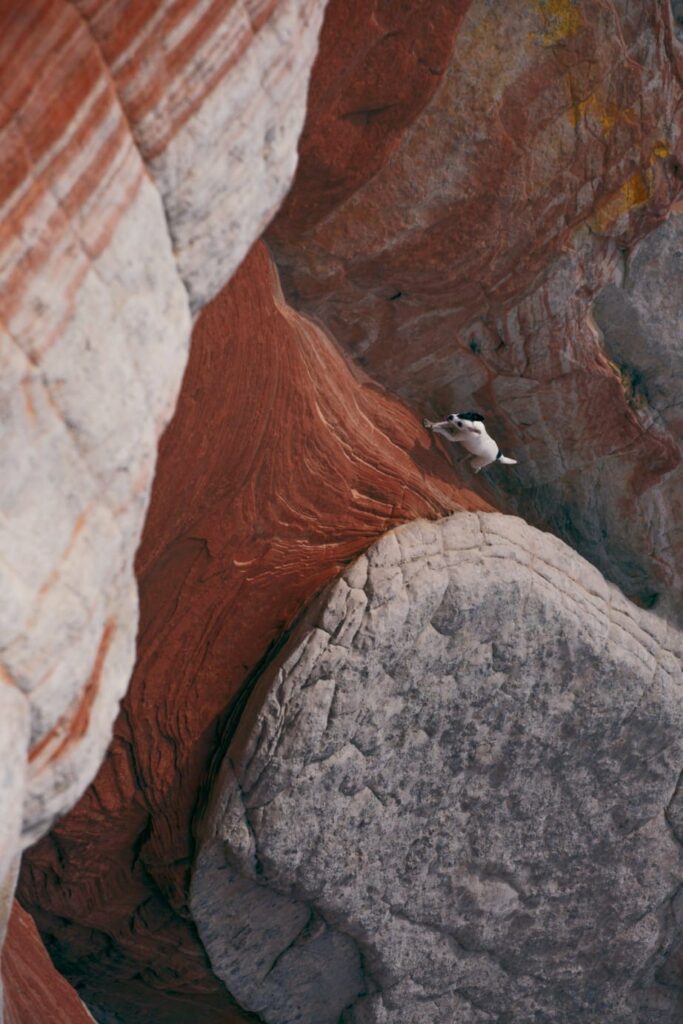
When it comes to learning photography, it can help to think of a camera are really nothing more than a sensor, a handful of exposure controls, and lens mount. All the other bells and whistles are in many ways just distracting fluff. And, when you realize this it becomes obvious the significance of lenses (especially their availability) in the equation.
Students Who Use Only Prime Lenses Tend To Learn Faster
The kit zoom lenses that ship with Rebel camera body kits can produce some surprisingly sharp photos (if you know how to use it correctly), but I’ve found that prime lenses tend to force students to pick up concepts like focal depth, distance compression, field distortion, and their compositional influences much more quickly.
Most pro photographers use zoom lenses, but…
That’s not to say that you can’t learn photography with a zoom lens or that there is anything wrong with zoom lenses. In fact, most professional photographers that I know primarily use zoom lenses while working (I personally use a Canon EF 24-70mm f/2.8L II standard zoom Lens 99.9% of the time when photographing dogs). But with that said, those great photographers (and also me, for whatever that’s worth) all learned to shoot with prime lenses.
Part of that is undoubtedly because prime lenses tend to be just so much cheaper than zoom lenses. But I think it’s also because prime lenses force students to be more deliberate in how they plan shoots. Which at the end of the day is really the difference between someone with a camera and a photographer.
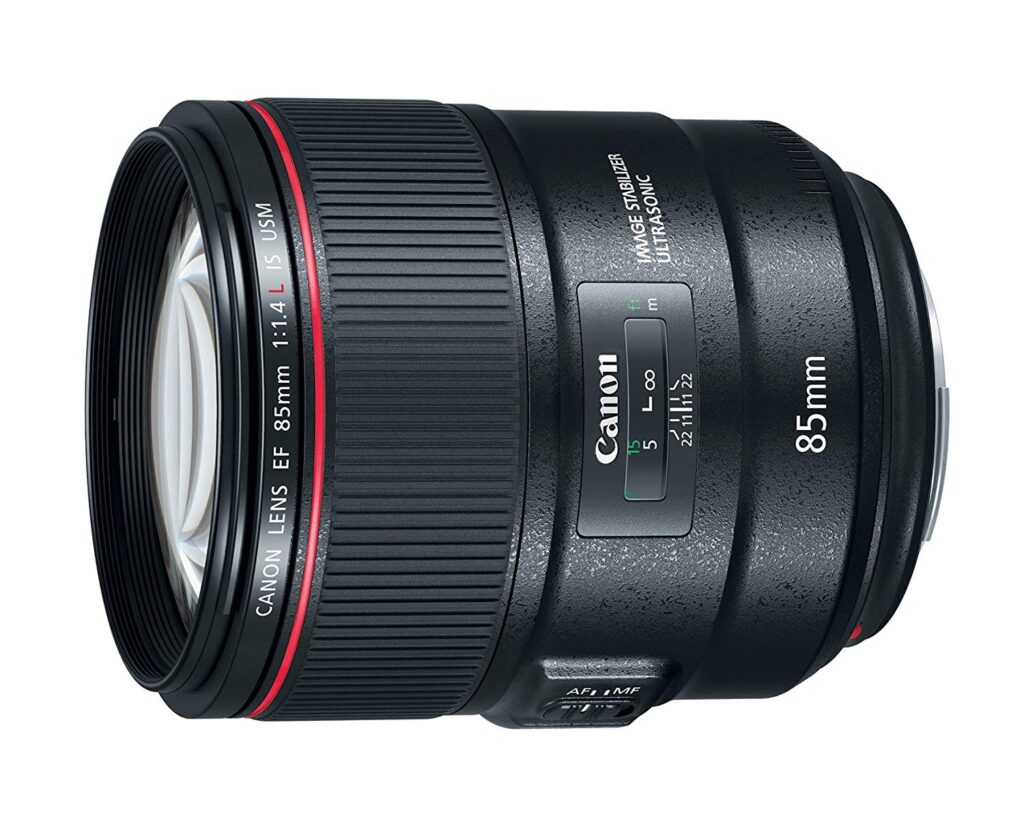
Three Lenses Every Photography Student Should Own
I personally recommend that beginner students who are serious about learning photography start with 3 basic prime lenses – 20mm (wide), 50mm (normal), and 85mm (telephoto).
To be clear, you absolutely do not need to break the bank when shopping for your first set of lenses. It can help (marginally) when first starting out to use lenses from the same manufacturer, just to ensure that you’re comparing apples to apples when reviewing images. But really any prime lens from a recognizable camera brand at those focal lengths should do you just fine.
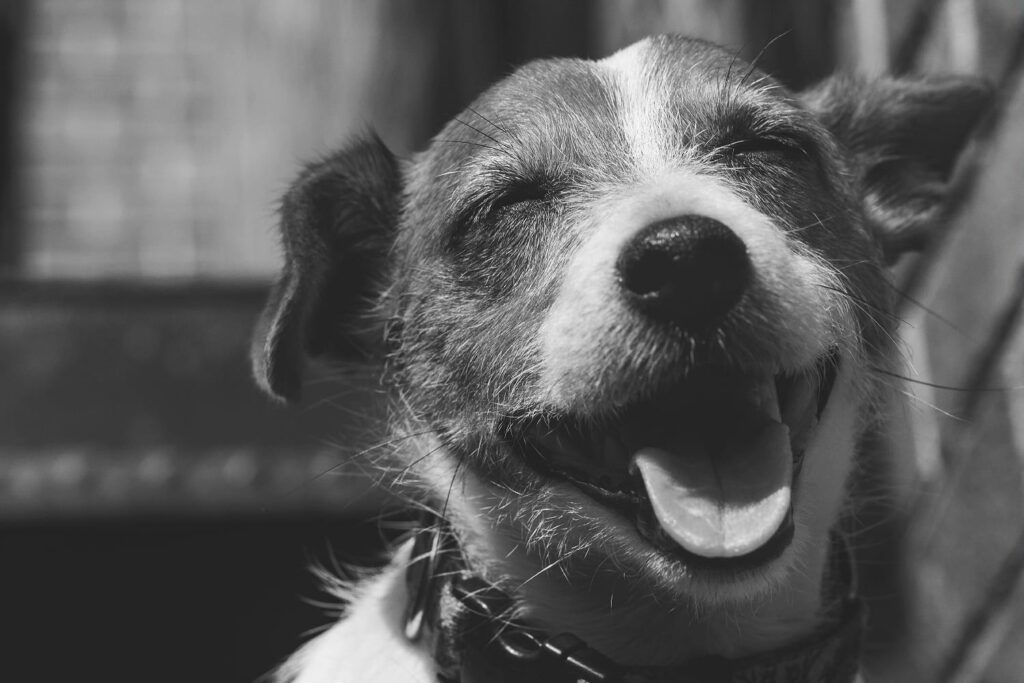
Buy The Best Lens For Your Skill Level
It’s worth noting that none of those lenses linked above are the sharpest, fastest or most flexible lenses on the market. But that all said, any competent photographer can produce absolutely stunning images with these lenses. More importantly, they’re super cheap in comparison to prosumer and professional grade photography equipment.
Expect The Inevitable, You’re Going To Break Some Gear
No photographer wants to break gear. But dust, bumps and drops happen — especially when you’re first learning photography. It takes time, field experience and more often than not, an accident or two before most photographers learn how to quickly and efficiently work with their gear in a safe manner. And even then, accidents still happen. That’s why they’re called accidents. And, why most experienced photographers carry insurance to protect against breaks and theft.
With that in mind, do yourself a favor and start with more affordable lenses that won’t break the bank when the inevitable happens.
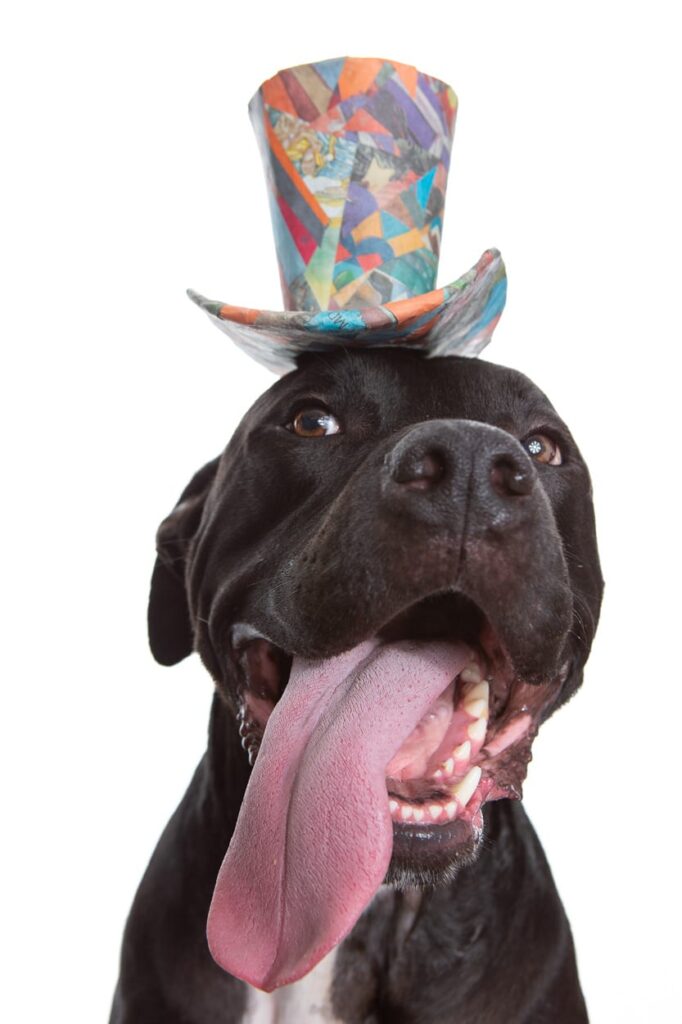
It Pays To Learn A Bit Before Cashing In
There is a reason manufacturers like Canon make dozens of different camera bodies and lenses. Different pieces of equipment serve different roles in photography. Budget concerns aside –where, when, what and how you shoot can all dramatically impact what is the “best” lens to use.
As a professional dog photographer that primarily shoots pet portraits in studio, I literally use the same lens in 99% of my sessions – a Canon EF 24-70mm f/2.8L II USM. It costs $1,600 and is an absolute beast when it comes to shooting dog portraits.
But on the rare occasion I set out to photograph landscapes, wildlife, human portraits, smaller products, or dimly lit events I usually leave my 24-70mm f/2.8L at home because it’s just not fast, long, or wide enough.
Does that make it a bad lens? Of course not. It just means it’s not the right lens for those tasks.
Third Party Lenses Are Great, But…
There are a lot of great, very affordable lenses currently on the market from 3rd party manufacturers. But not all of them are great. In my experience, you’re more likely to find a great bargain lens when comparing third party brands to lenses your camera manufacturer makes when comparing mid to top tier lenses. In fact, some 3rd lens manufacturers like Zeiss aren’t even cheaper. They’re just in the business of making fantastically fast and sharp lenses — rather than camera bodies.
There is also something to say about minimum cost expectations. Take the 20mm Canon pancake lens I linked above as an example. This lens costs only $129 new (even less used). The price of lenses, like most consumer products, at a certain point bottoms out at minimum functional value. So, you are going to be hard pressed to find an equitable lens for much less. And, if you do find what looks like a comparable new lens for $50, you should be extremely suspect as to why it costs so little. In other words, caveat emptor.
The Best Camera For Photography Students
If I have said it once on this blog, I’ve said it a thousand times. The best camera is the one you’re holding. Better gear will not help you learn photography faster or help you become a better photographer. The only way to get better is to shoot more and to become the biggest critic of your own work. In other words, if you want to improve your photography, use what you have and shoot more frames. Figure out what’s not working (or could be improved) and adapt.
There’s a chance that “adapting” means that you actually need different gear or a better camera. But if you’re truly pushing your limits, you’ll already know what you need to get to that next level. Because at the end of the day, using the right gear is always more important than buying the best camera gear.
The Puptrait Studio may collect a share of sales or other compensation from the links on this page. Prices are accurate and items in stock as of time of publication.
About the author:J.B. Shepard, is a professional pet photographer, dog advocate, and founder of the Puptrait Studio. J.B. lives in Hampden, with his wife and two dogs — George (a Boggle) and Lucky (Jack Russell Terrier).

